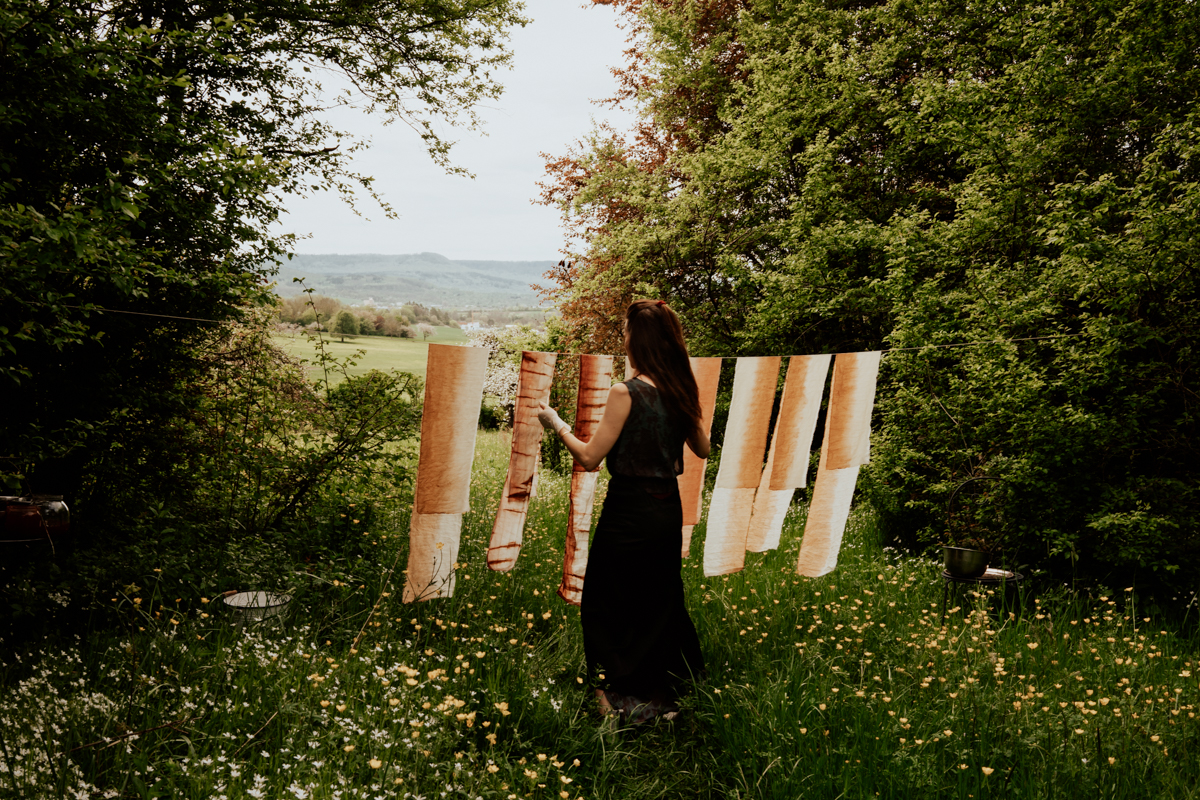Lockdown-Photography
How hard times can help your photography
Die originale Version dieses Posts auf Deutsch, “Lockdown-Fotografie”, wurde auf dem bekannten Fotoblog www.fotografr.de veröffentlicht. Hier ist die englische Übersetzung:
Do you recall the last days before your personal Corona lockdown? I remember them like it was yesterday and the pictures that I`ve taken. I had a strange feeling sitting in a coffee shop on Bethnal Green Road in London, just having read the headlines of the first COVID death in England. Somehow, I have taken deeper breaths that day trying to soak in as much freedom and fresh air as possible. And I have photographed even more than usual.
Despite all the weirdness of the situation, I knew that at least I could always document everything with my camera. That I don`t need to passively wait, but that I can actively move my focus on something. That has given me some feeling of control and at the same time a creative challenge.


Documenting being at home
As a matter of fact, the challenge soon turned out to be documenting being at home. During that time, I found it more helpful than ever to photograph „what is“. Even though there wasn`t happening much – after all, I was at home all the time – in my head there was going on a lot. Somehow, I wanted to find a way to express that.
And really, the more confined we are the more of a challenge this becomes, and the more there is to learn. I have been following the „One-picture-a-day-projects“ of other photographers and I`ve noticed that they haven`t just captured something very special , but as well that they have become much more sensitive to the ordinary.

Each days' hero shot
Somewhere, I`ve read about a man, who couldn`t get around much due to his poor health. However, he went for a daily walk around the block with his camera. He probably didn`t get THE shot every day. But because he kept on going persistently looking for the special on his everyday route, he eventually kept discovering more and more.
Do you know when the light on your sink is at its best? Since Corona I know that – and I have noticed how that changed when my boyfriend blocked parts of the window with wooden panels. Lucky enough I didn`t know then, that now, meanwhile in Germany, I would still talk about Corona. I just tried to focus on one day at a time and get each days hero shot.
Each night I would be looking forward to reviewing my “pictures of the day” when transferring them to my phone before I went to sleep. That was my incentive – I`m sure you know the joy of finding a picture that you really love when scanning through your photos. (And by that I don`t mean technical perfection, but a picture with expression and meaning, one that evokes a feeling. That`s a different topic though…)


Open to surprises
As a photographer, I want to become better and better. And sometimes weird circumstances feature surprising opportunities to learn and to evolve. Times of restriction invite us to look out for our hero-shot of the day. And to consider the possibility that the most boring, stupid, or difficult situation might turn out as the moment of the day, at least in terms of photography.
I do recommend trying this approach for yourself. Especially when in a low mood, it can feel like hard work to pick up the camera. Yet after a few days it will become second nature and you will anticipate making progress with your personal at-home-project.
Head to www.fotografr.de to read the original, German version of this article.





































































